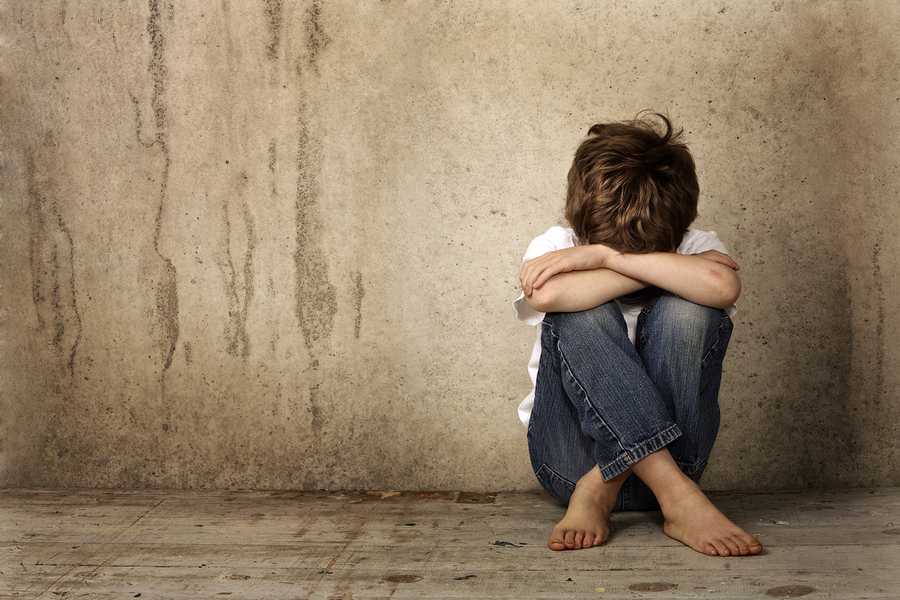Do you want to hear a saddening statistic? The third leading cause of death among young people ages 10-24 is suicide. Equally frightening is that more kids attempt suicide than those that actually succeed and each year more than 150,000 youths receive emergency medical care for self-inflicted wounds*. Stories of childhood suicide have also been popping up in the news at an alarming rate lately. What could possibly be causing these young people to take their own lives? One of the causes is depression. How then do we as adults help children to manage their depression?
First, we must realize the difference between depression and having a bad day. The reasons for childhood depression can be many, but the main thing is to recognize it so that it can be treated. Young people will have ups and downs in their moods, but a daily or constant sadness is a red flag. Other symptoms of depression include a significant decrease or increase in appetite, social withdrawal, considerable changes in sleep patterns, feelings of hopelessness, inability to focus and more. Unfortunately, not all of these symptoms are obvious to adults and some children will have a hard time explaining and/or showing the signs of their depression.
If you suspect your child is depressed it might be a good idea to have them evaluated by a professional. You can have them first checked by their primary care doctor to see if their symptoms are related to a physical health problem, but if they come back with a “clean bill of health” it might be time to see a mental health professional. Every child deserves to be happy and the sooner the depression is diagnosed the sooner treatment can begin. If you think your child is suffering from depression don’t wait until it’s too late to help them.

